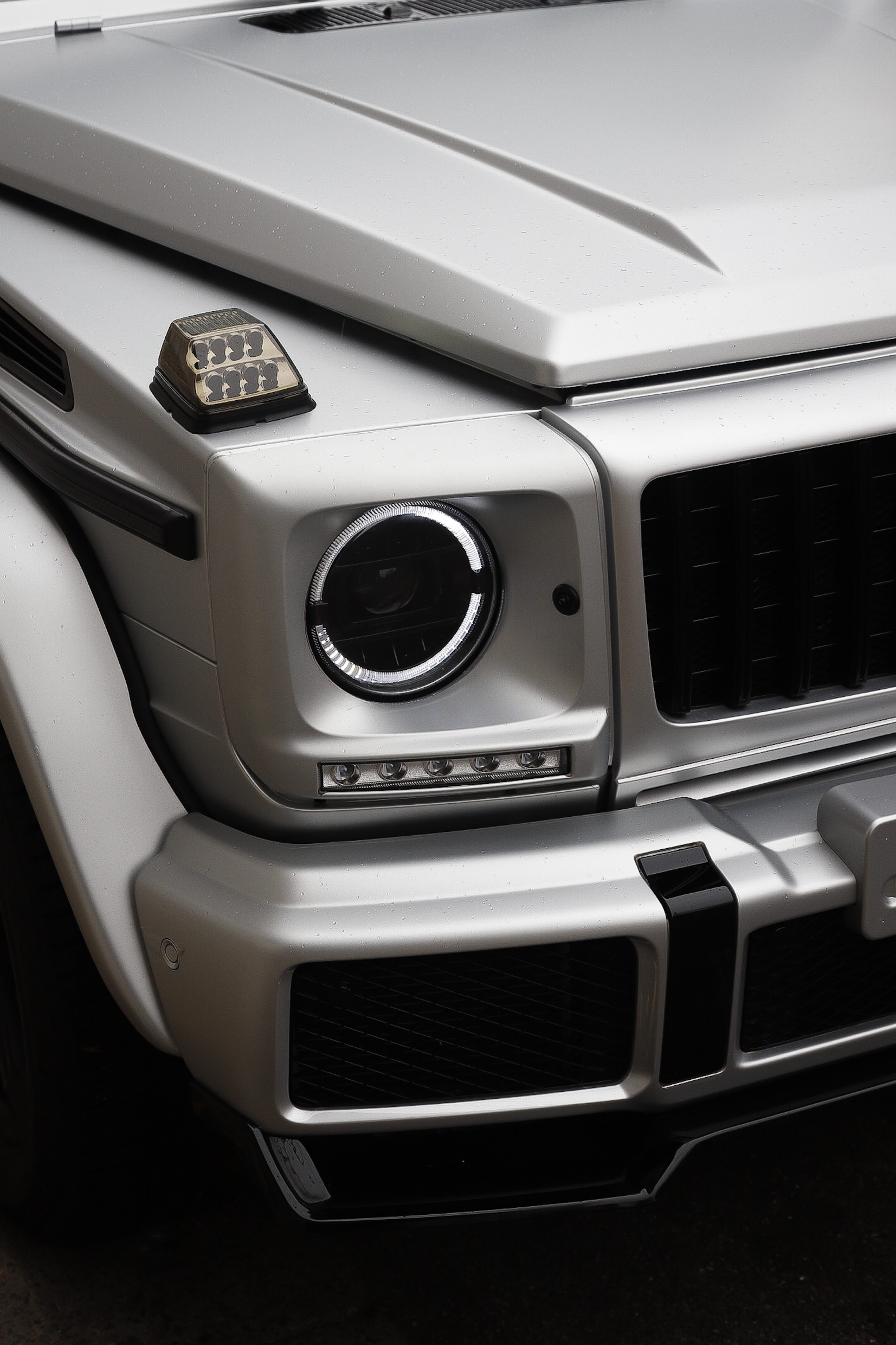You’re driving down the road on a sunny day, enjoying the fresh air rushing through your car’s open windows. But suddenly, one of your windows gets stuck halfway, refusing to budge. Frustrated, you now face a decision: should you replace the window actuator or the regulator? Both play vital roles in the smooth operation of your car’s windows, but understanding the differences between them is key to making the right choice. In this article, we’ll take a closer look at the window actuator vs. regulator debate, exploring their functions and helping you determine which component may be causing your window woes.
Window Actuator
Definition of a Window Actuator
A window actuator is a device that is used to automate the opening and closing of windows in various applications. It is commonly used in buildings, vehicles, and industrial settings where manual operation of windows may not be convenient or possible. The window actuator is designed to provide a controlled and reliable movement of windows, allowing for easy and efficient ventilation or access to the outside.
Function of a Window Actuator
The main function of a window actuator is to move the window sash or panel in a controlled manner. It is typically operated by an electric motor, which is connected to a series of gears that transmit the motion to the window mechanism. The actuator can be activated using various control methods, such as switches, remote controls, or automated systems. By simply pressing a button or activating a sensor, the window actuator can open or close the window with ease.
Types of Window Actuators
There are several types of window actuators available in the market. The most common ones include chain actuators, linear actuators, and spindle actuators. Chain actuators use a chain mechanism to open or close the window, while linear actuators provide a linear motion to move the window panel. Spindle actuators, on the other hand, use a rotating spindle to control the window movement. Each type of window actuator has its own unique features and suitability for different applications.
Advantages of Window Actuators
Window actuators offer several advantages over manual window operation. Firstly, they provide convenience and ease of use. With a window actuator, you can open or close your window effortlessly, without the need for physical exertion. This is especially beneficial for elderly or disabled individuals who may have difficulty operating windows manually. Secondly, window actuators ensure precise control of window movement, allowing you to adjust the window opening to your desired position. Moreover, window actuators enhance safety and security, as they can be integrated with security systems to automatically close windows in case of emergencies or unauthorized access.
Disadvantages of Window Actuators
Despite their numerous benefits, window actuators also have some disadvantages. One major drawback is their reliance on electrical power. In the event of a power outage, the window actuator may become non-functional, limiting your ability to open or close the window. Additionally, window actuators may require professional installation, especially for complex systems or retrofitting into existing windows. This can incur additional costs and may require the expertise of a technician. Furthermore, the initial cost of window actuators is generally higher compared to manual window mechanisms, which can be a deterrent for budget-conscious individuals.
Regulator for Car
Definition of a Window Regulator
A window regulator is a mechanical device that is specifically designed for car windows. It is responsible for the smooth and controlled movement of the car window, allowing passengers to open or close it as desired. The window regulator is typically operated manually, using a window crank or electrically through switches located on the car’s door panel.
Function of a Window Regulator
The main function of a window regulator in a car is to translate the rotary motion of the window crank or the electrical signals from the switches into linear motion. This linear motion is then transmitted to the window mechanism, allowing the window glass to move up or down. The window regulator ensures that the movement is smooth, stable, and secure, preventing any undesired jerking or shaking of the window during operation.
Types of Window Regulators
There are primarily two types of window regulators commonly used in cars – manual window regulators and power window regulators. Manual window regulators are operated by a window crank or handle, which is manually rotated to move the window up or down. Power window regulators, on the other hand, utilize an electric motor to control the window movement. Power window regulators offer the convenience of one-touch operation, allowing the driver and passengers to effortlessly control the windows with the push of a button.
Advantages of Window Regulators
Window regulators, particularly power window regulators, offer several advantages for car owners. One of the key advantages is the ease of use. With power window regulators, you can effortlessly operate the windows with a simple press of a button, eliminating the need for manual effort. This is especially beneficial for drivers who frequently need to open or close windows while driving. Additionally, power window regulators provide enhanced safety as they can be centrally controlled by the driver, allowing for quick and simultaneous operation of all windows. Moreover, power window regulators often come with additional safety features such as auto-reverse functionality, which prevents the window from closing if an obstruction is detected.
Disadvantages of Window Regulators
Despite their advantages, window regulators also have some disadvantages to consider. One disadvantage is the potential for mechanical failure. Over time, the mechanical components of the window regulator may wear out or become damaged, leading to issues with window operation. In such cases, repairs or replacements may be necessary. Additionally, power window regulators may be more prone to electrical malfunctions, such as issues with the motor or wiring. These electrical problems can result in a loss of functionality or erratic window movement. Another disadvantage is the cost of repair or replacement. If a window regulator fails, it may require professional assistance to fix or replace, which can be costly, especially if the entire unit needs to be replaced.

Comparison
Design and Installation
When it comes to design and installation, window actuators and window regulators have different characteristics. Window actuators are typically designed to be mounted on the window frame or sill, with the actuator arm connected to the window panel. The installation process may involve drilling holes and securing the actuator in place. In contrast, window regulators are designed to be integrated into the car door mechanism. They are usually pre-installed during the manufacturing process or can be replaced as a complete unit. The installation of a window regulator may involve removing the door panel and aligning the regulator with the window mechanism.
Mechanism
The mechanism of window actuators and window regulators also differs. Window actuators rely on an electric motor to drive the movement of the window. The motor is connected to a system of gears or chains that transmit the motion to the actuator arm, which in turn moves the window panel. Window regulators, on the other hand, utilize mechanical components, such as cables, pulleys, and gears, to convert the rotational motion from the window crank or electric motor into linear motion. This linear motion is what ultimately moves the window glass up or down.
Cost
In terms of cost, window actuators and window regulators have varying price ranges. Window actuators are typically more expensive compared to window regulators. The additional components and electrical systems required for window actuators contribute to the higher cost. Moreover, the complexity of installation and the need for professional assistance can also add to the overall cost. Window regulators, especially manual ones, are generally more affordable. However, the cost may vary depending on the specific make and model of the car, as well as the type of window regulator chosen.
Maintenance
Both window actuators and window regulators require regular maintenance to ensure their proper function and longevity. Window actuators may require periodic lubrication of moving parts, such as gears and chains, to prevent friction and wear. They may also need occasional cleaning to remove dust or debris that can hinder smooth operation. Window regulators, on the other hand, may require lubrication of mechanical components, such as pulleys or cables, to maintain their optimal performance. Additionally, cleaning the window channels and glass regularly can help prevent any obstructions or damage to the window regulators.
Efficiency
In terms of efficiency, window actuators and window regulators have their own strengths. Window actuators are known for their precise control and ability to position the window at various angles. This allows for effective ventilation and airflow regulation. However, window actuators may have slower operation speeds compared to window regulators, which can be a drawback in situations where quick window movement is necessary. Window regulators, especially power window regulators, offer fast and convenient window operation with the simple press of a button. This makes them ideal for situations where immediate window adjustments are required, such as in hot weather conditions or when passing through toll booths.
Window Actuator vs. Window Regulator
Key Differences
The key differences between window actuators and window regulators lie in their application and operation. Window actuators are versatile and can be used in various settings, including buildings, vehicles, and industrial applications. They offer automated and controlled window movement. On the other hand, window regulators are specifically designed for use in cars and provide manual or power-assisted window operation.
Pros and Cons from a User’s Perspective
From a user’s perspective, both window actuators and window regulators have their own pros and cons. Window actuators offer convenient and automated window control, making them appealing for individuals who value ease of use and precise positioning of windows. They are also suitable for situations where access to manual window operation may be limited, such as high-rise buildings or large industrial facilities. However, the initial cost and potential reliance on electrical power can be disadvantages for some users. In contrast, window regulators, particularly power window regulators, provide fast and effortless window operation, which is highly desirable in car applications. They also offer the advantage of being less reliant on electrical power, as they can be operated manually in the event of a power failure. The potential for mechanical wear and the need for occasional repairs or replacements can be considered as drawbacks by some users.

Which One to Choose?
Considerations for Choosing Window Actuators
When choosing window actuators, several factors need to be considered. Firstly, the specific application and environment should be taken into account. Window actuators designed for buildings may have different requirements compared to those used in vehicles or industrial settings. Additionally, the desired level of automation and control should be considered. For example, some window actuators may offer advanced features such as rain sensors or integration with building management systems. The availability of power source and electrical infrastructure should also be assessed. Furthermore, budget constraints and the long-term cost of maintenance should be evaluated.
Considerations for Choosing Window Regulators
When selecting window regulators for cars, there are a few key considerations to keep in mind. The type of window regulator, whether manual or power-assisted, should match the preference and requirements of the driver and passengers. The compatibility with the car’s make and model should be verified to ensure proper fit and function. Furthermore, the reputation and reliability of the manufacturer or brand should be considered. User reviews and recommendations can provide useful insights into the performance and durability of different window regulator options. Lastly, the overall cost, including installation and potential future repairs, should be taken into account.
Factors Influencing the Decision
The decision between window actuators and window regulators may be influenced by various factors. The specific application and environment, as well as the level of desired automation, play a significant role. For buildings or large industrial settings where multiple windows need to be controlled, window actuators may be more suitable. On the other hand, in car applications where convenience, speed, and ease of use are crucial, window regulators are often the preferred choice. The availability of power sources, budget constraints, and the long-term cost of maintenance are other important factors to consider when making the decision.
Common Issues and Troubleshooting
Window Actuator Issues
Some common issues that may arise with window actuators include motor failure, gear or chain malfunctions, and sensor errors. If the window actuator fails to operate, it is advisable to first check the power supply and ensure that there are no electrical issues. If the actuator motor is faulty, it may need to be repaired or replaced. For gear or chain problems, a thorough inspection and lubrication may be necessary. Sensor errors can be resolved by recalibrating or replacing the sensors as needed.
Window Regulator Issues
Window regulator issues can range from worn-out mechanical components to electrical malfunctions. If the window regulator becomes stiff or jerky during operation, it may indicate a need for lubrication or replacement of worn-out parts. Electrical problems, such as a non-functional power window, may require checking the switches, wiring, and motor for any faults. In some cases, the window regulator unit may need to be replaced entirely.
Possible Solutions
For both window actuators and window regulators, seeking professional assistance is recommended when encountering issues beyond simple troubleshooting. Certified technicians or authorized service centers have the expertise and tools to diagnose and resolve complex problems. Regular maintenance, such as lubrication and cleaning, can help prevent issues and extend the lifespan of the window actuator or regulator. Following the manufacturer’s recommendations for maintenance intervals and inspections is essential for optimal performance.

Safety Concerns
Safety Features of Window Actuators
Window actuators often come equipped with safety features to ensure the well-being of users. One common safety feature is an obstruction detection sensor. This sensor can detect if there is any object or person obstructing the window’s path while it is closing. If an obstruction is detected, the window actuator will automatically stop and reverse its motion. This prevents accidents or injuries that could be caused by the window closing on someone or something. Some window actuators also have a quick-release feature that allows for manual override in the event of an emergency, enabling rapid window opening when needed.
Safety Features of Window Regulators
Window regulators, particularly power window regulators, also incorporate safety features to protect users. Auto-reverse functionality is a common safety feature that ensures the window stops and reverses its movement if it encounters an obstruction while closing. This helps prevent injuries and damage from occurring. Additionally, power window regulators often come with child safety locks, which allow the driver to disable the rear window controls to prevent children from accidentally operating the windows.
Potential Risks and Precautions
While window actuators and regulators aim to provide convenience, safety, and efficiency, it is important to be aware of potential risks and take necessary precautions. It is crucial to follow the manufacturer’s instructions for safe operation and maintenance of the window actuator or regulator. Users should avoid placing fingers, hands, or any other objects in the path of the moving window to prevent injuries. Regular inspection, lubrication, and cleaning can help identify and mitigate potential risks. Additionally, it is advisable to regularly test the safety features, such as obstruction detection and auto-reverse functionality, to ensure their proper function.
Conclusion
In conclusion, both window actuators and window regulators serve important functions in different applications. Window actuators offer automated and controlled window movement, providing convenience, precise positioning, and enhanced safety. On the other hand, window regulators are specifically designed for cars and offer manual or power-assisted window operation, providing quick and effortless window adjustments. The choice between the two depends on various factors, including the specific application, desired level of automation, budget constraints, and maintenance considerations. Regular maintenance, proper operation, and awareness of safety precautions are essential to ensure the optimal performance and longevity of window actuators and window regulators.
